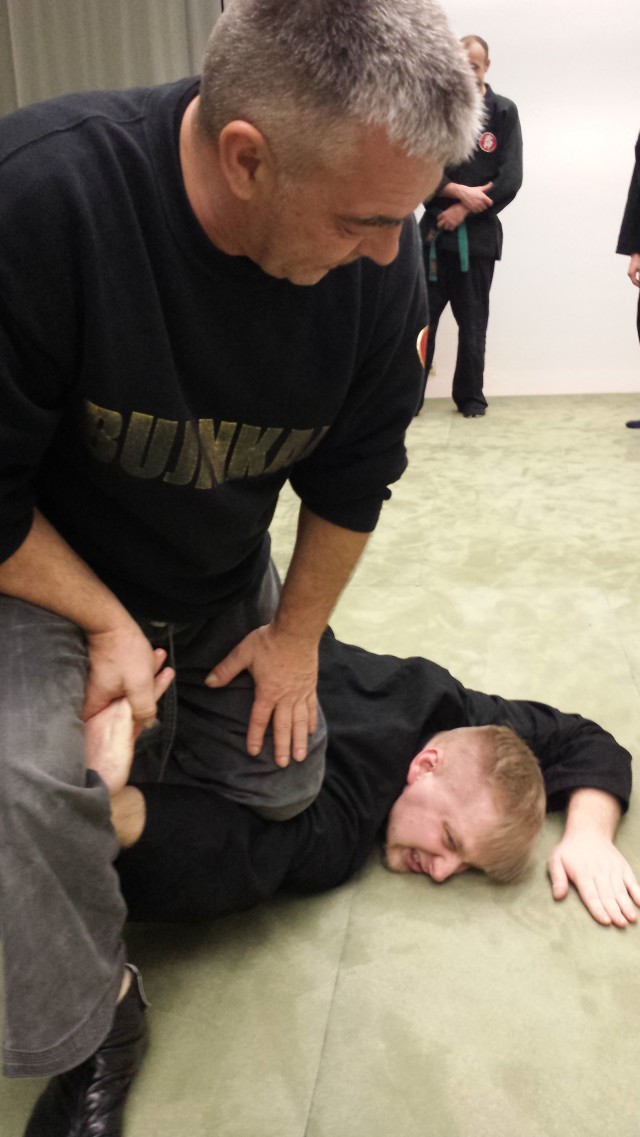Masaaki Hatsumi – Taikai 1992 Malmö, Sweden
From Budoshop by BUDOSHOP.SE



- 230 minutes, 2.24 Gb for $34.99
(H.264, 400p) – Also available on DVD
This was the fifth time Hatsumi Soke visited the land of the Vikings. Accompanying him was
– Noguchi Shihan and
– Navon Shihan.
Doron Navon also acted as the translator.
The main theme this three day Taikai was Kenjutsu and Taijutsu
Hatsumi Soke taught a lot of Sword techniques, basics and more advanced techniques. Cutting, kamae, distance, timing and much more. He also taught Naginata-jutsu. He also taught Nichi-geki technique from Shindenfudo-ryu in great detail. Kyusho (pressure points), the basic way of striking in Shindenfudo-ryu, kicking, throwing and much much more.
Kenjutsu: Hatsumi Soke taught a lot of Sword techniques, basics and more advanced techniques. Cutting, kamae, distance, timing and much more. He also taught Naginata-jutsu.
Taijutsu: Soke taught Nichi-geki technique from Shindenfudo-ryu in great detail. Kyusho (pressure points), the basic way of striking in Shindenfudo-ryu, kicking, throwing and much much more.
Muto-dori: He also taught muto-dori techniques from various weapons such as Tanto, Ken, Bo and Naginata. …










